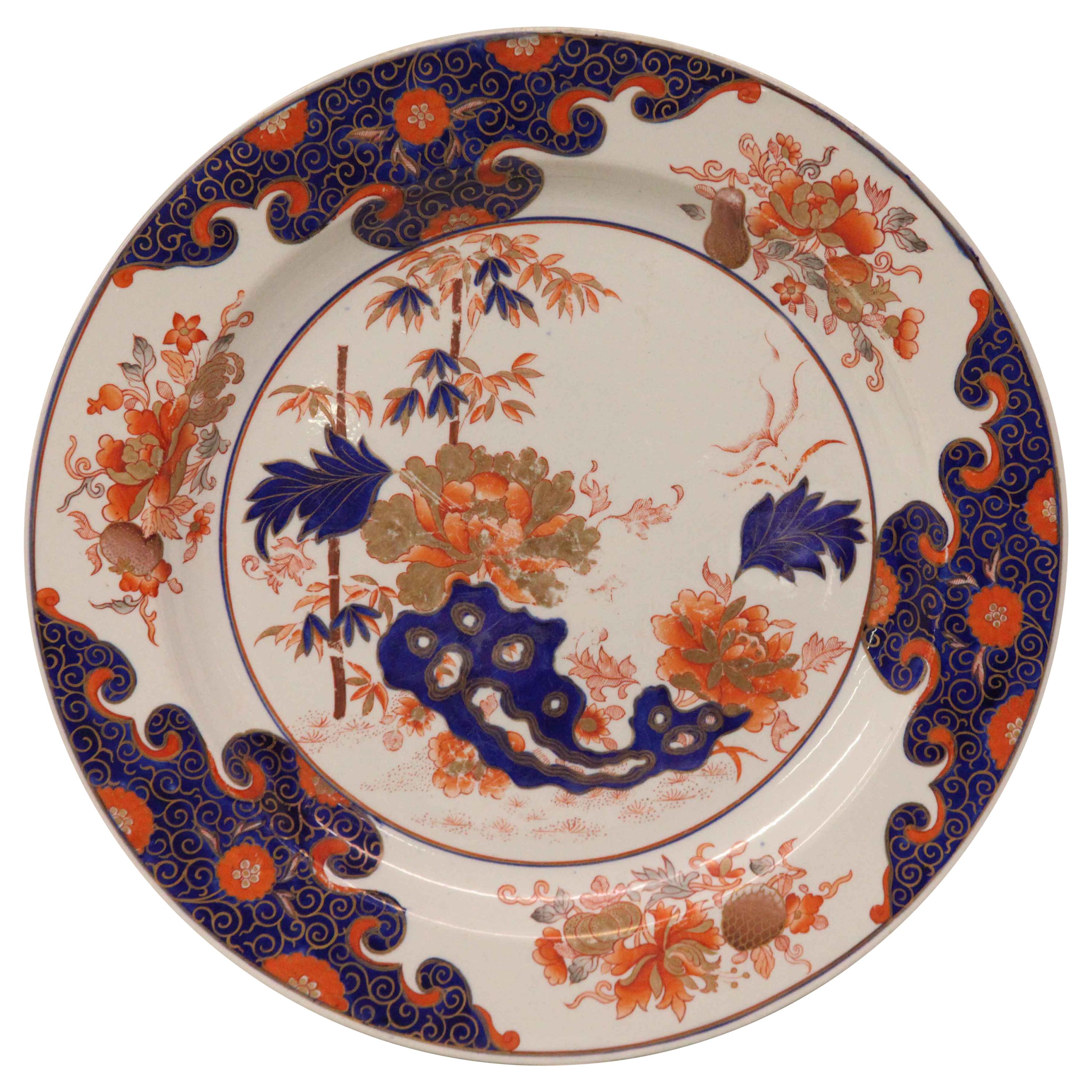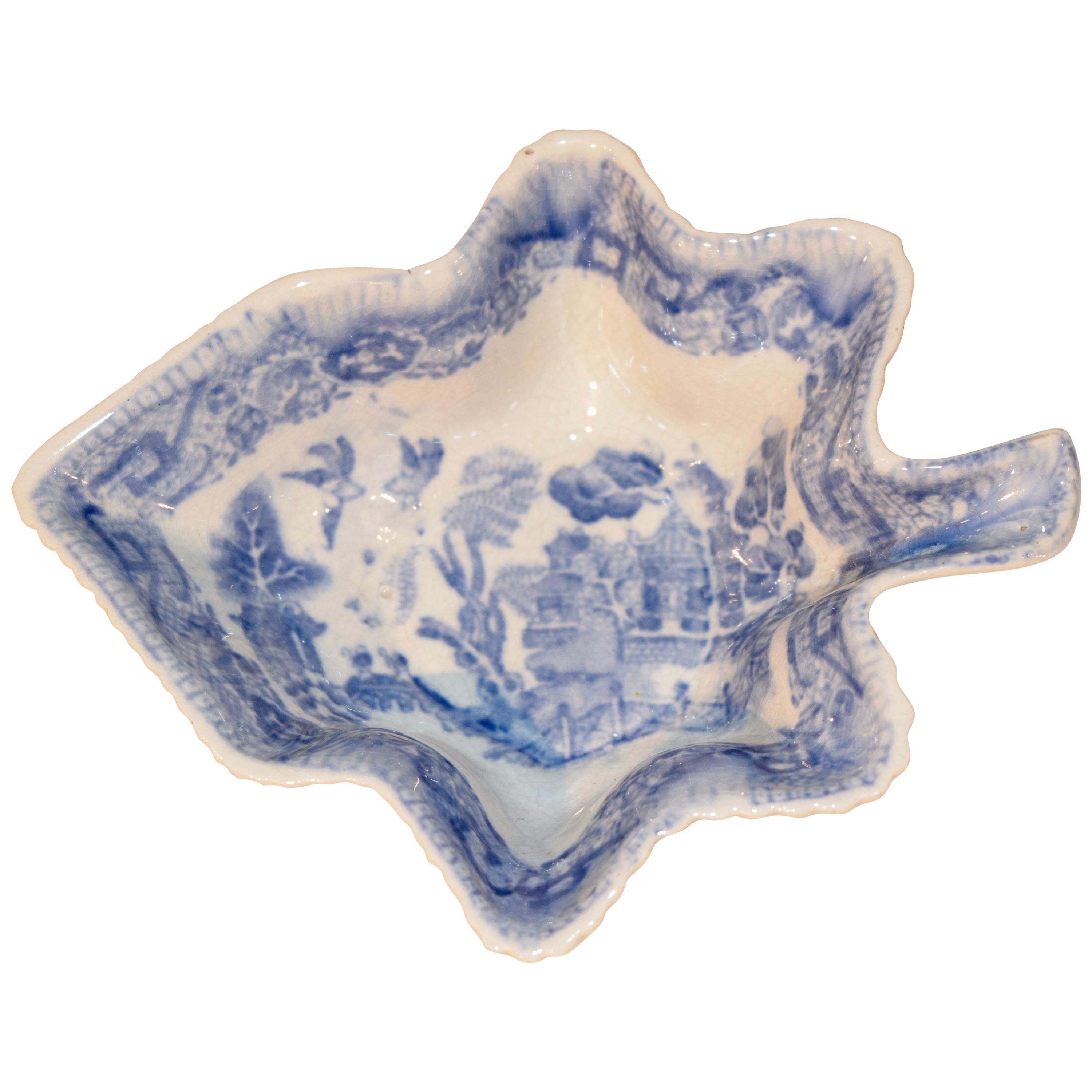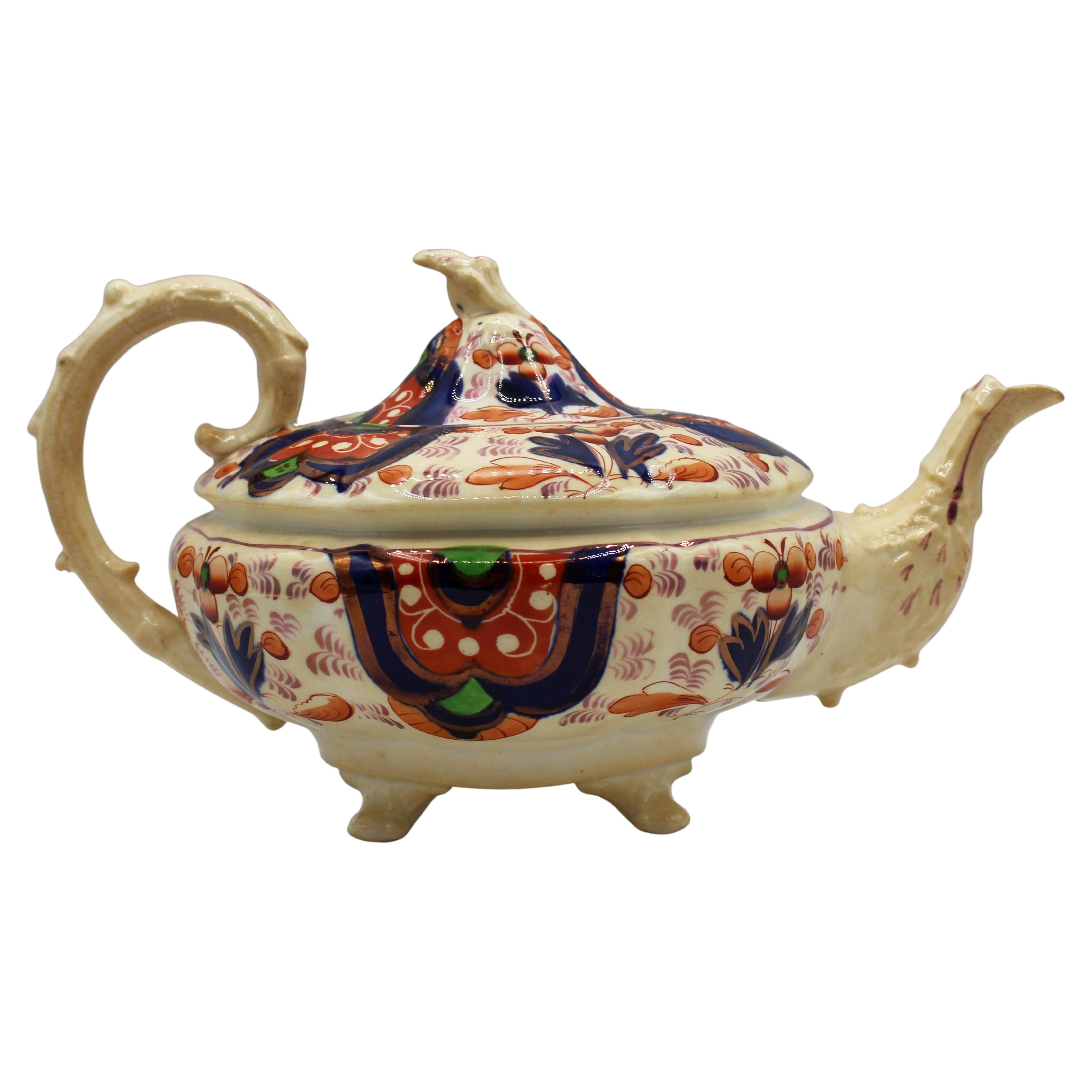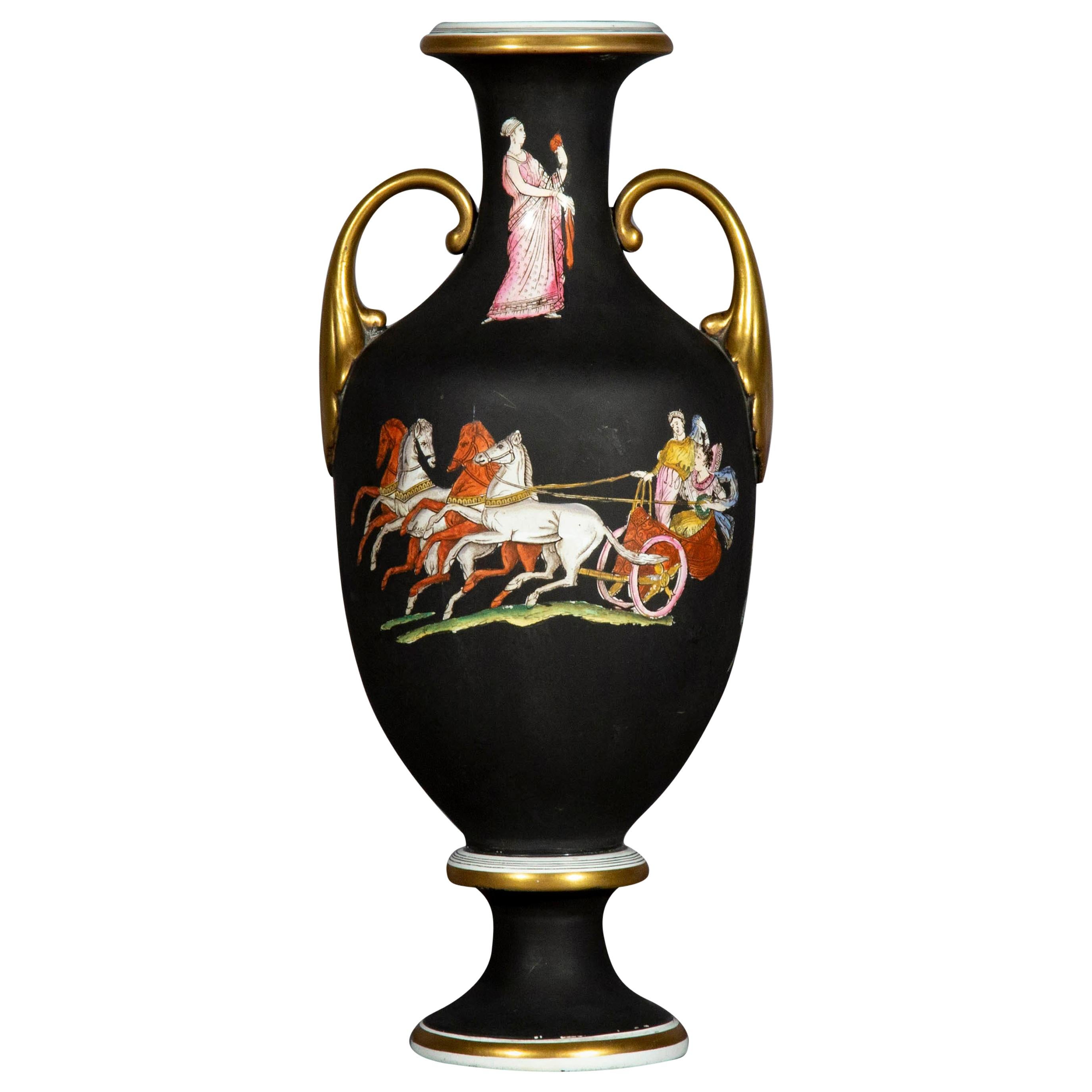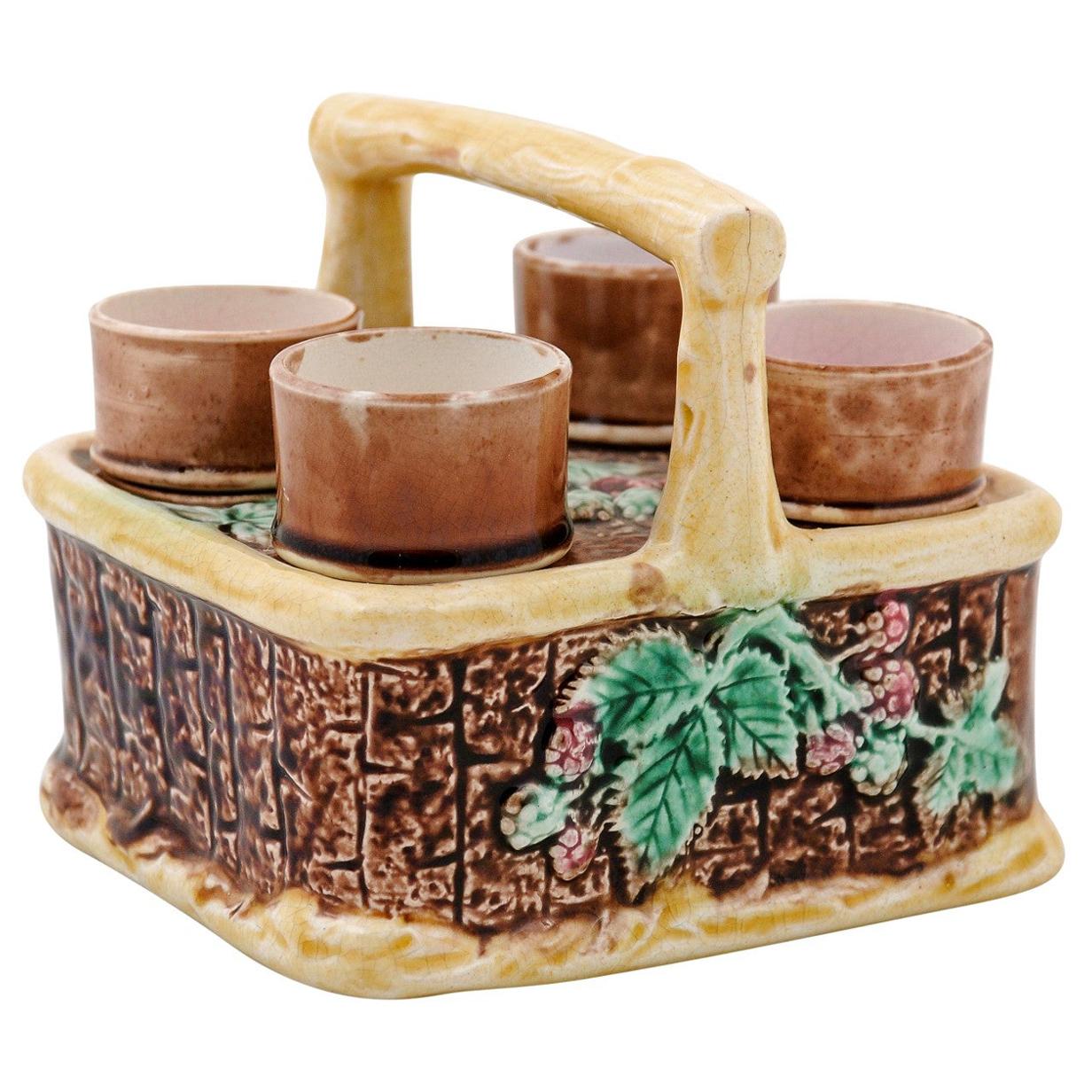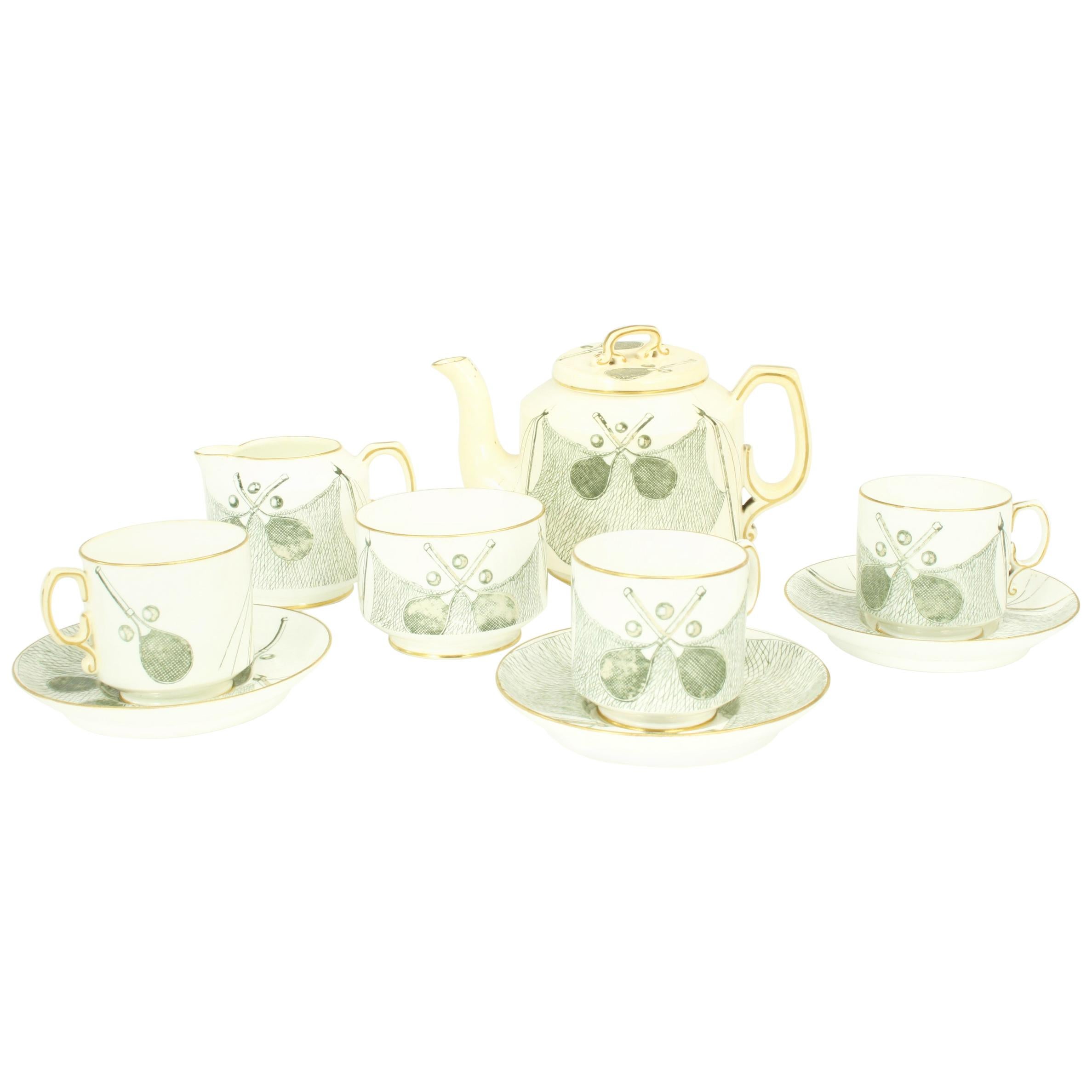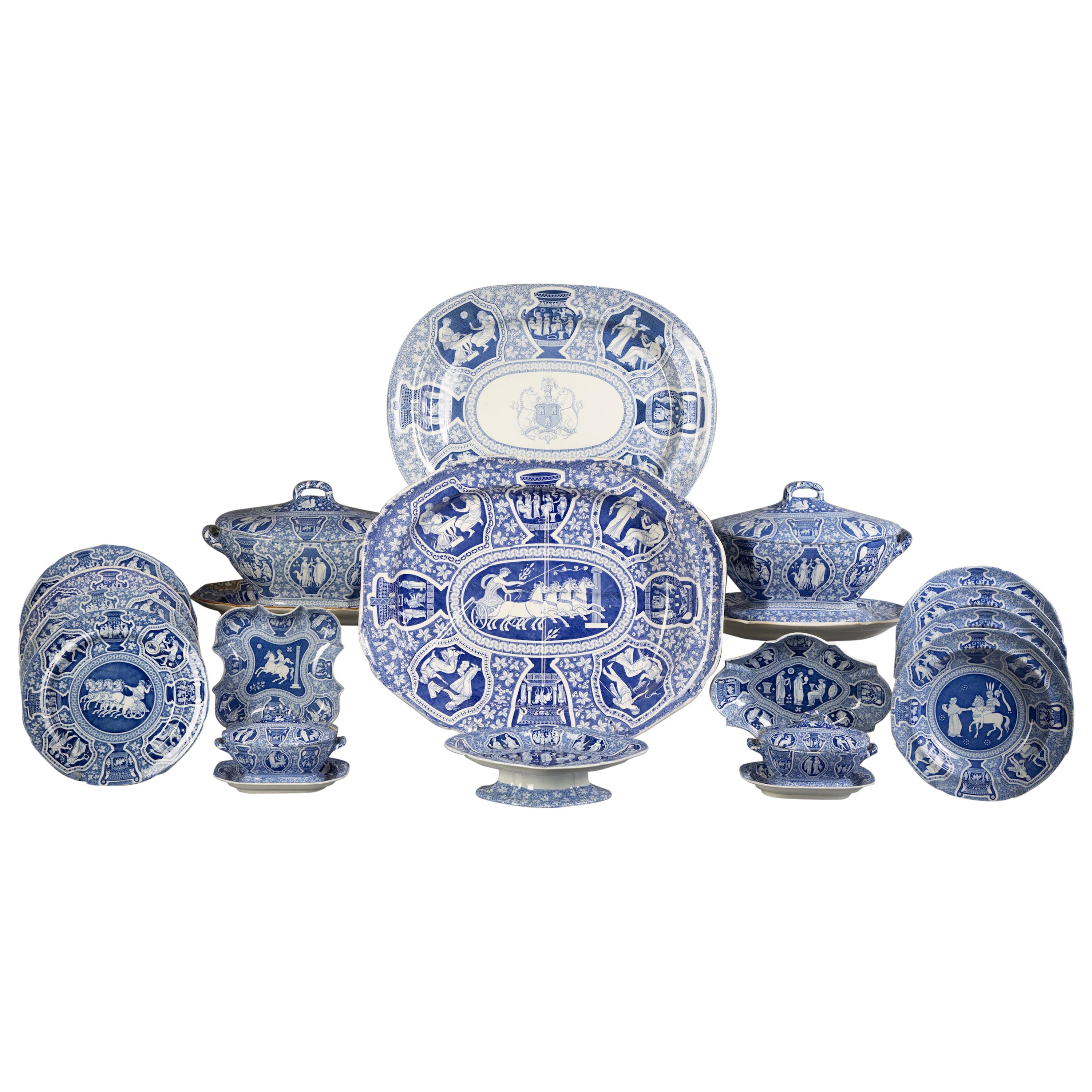
Early 19th Century Part Tea Service
View Similar Items
1 of 7
Early 19th Century Part Tea Service
About the Item
- Dimensions:Height: 10 in (25.4 cm)Width: 10 in (25.4 cm)Depth: 2 in (5.08 cm)
- Sold As:Set of 14
- Period:
- Date of Manufacture:1820
- Condition:
- Seller Location:Peterborough, GB
- Reference Number:Seller: 71491stDibs: LU103287824793
You May Also Like
- Early 19th Century English Ironstone ChargerLocated in Wilson, NCEarly 19th century English ironstone charger, the border with a multitude of flowers and foliate on alternating cobalt and ivory backgro...Category
Antique Early 19th Century English Ceramics
MaterialsEarthenware, Paint
- Early 19th Century Pearlware Chestnut BasketLocated in Pasadena, CAThis is a good example of a very early 19th century Pearlware Chestnut Basket in the "Blue Willow" transfer pattern. Creamware was invented during the second half of the 18th century and reached its height of popularity c.1810. Chestnut baskets were common serving pieces in 18th and 19th century households. Period antique Chestnut basket...Category
Antique Early 19th Century English Regency Ceramics
MaterialsClay
- Early 19th Century Adams Leaf DishBy AdamsLocated in High Point, NCEarly 19th century transfer ware Adams dish in a leaf shaped mold in the famous "Blue Willow" pattern. Marked on the underside Adams Tunstall.Category
Antique Early 19th Century English Early Victorian Ceramics
MaterialsPorcelain
- Mid-19th Century Gaudy Welsh Porcelain Tea PotLocated in Chapel Hill, NCMid-19th Century Gaudy Welsh porcelain tea pot. English. Raised on four feet with nautilus shell finial. Asian or Oriental pattern. Bold decor with ...Category
Antique Mid-19th Century Ceramics
MaterialsCeramic
$236 Sale Price20% Off - Early 19th Century French Toby Jug, FaienceLocated in Chapel Hill, NCEarly 19th century Toby jug, faience, French. Marked in blue underglaze "BP". He is presented as a jolly fellow taking a pinch of snuff from his personal snuff box. Blue, green & flo...Category
Antique Early 19th Century French Victorian Ceramics
MaterialsCeramic
- Early 19th Century Wedgwood Tricolor Jasperware JardiniereBy WedgwoodLocated in Fort Lauderdale, FLA Wedgwood jardiniere with lilac and sage details on a white jasperware ground. Jasperware is perhaps the quintessential Wedgwood clay body and is even considered by some to be a ceramic development on par with porcelain. Originally developed in the 1770s as dyed stoneware bodies (the most ubiquitous of which is pale blue) with applied white figurative decoration in imitation of cameos from the Ancient World, jasperware quickly expanded to a plethora of colorways as per Wedgwood innovation standards. This jardiniere, with lilac and sage decoration on white jasperware ground, is part of Wedgwood’s tricolor jasperware...Category
Antique Early 19th Century British Neoclassical Planters, Cachepots and ...
MaterialsCeramic, Stoneware
